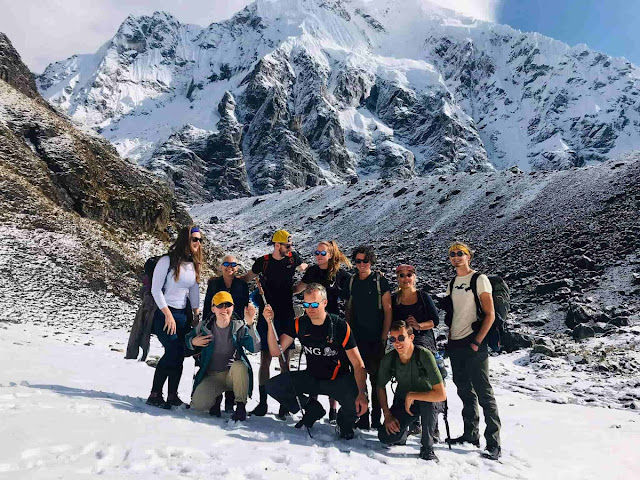The best time to do the Salkantay Trek in Peru depends on your preferences and weather conditions. The Salkantay Trek is a popular alternative to the Inka Trail and offers stunning views of the Andes Mountains and the opportunity to visit Machu Picchu. Here are the main factors to consider for different times of the year:
1. Dry Season (May to September):
- It is the most popular time to hike the Salkantay trek due to the dry weather.
- Clear skies and comfortable temperatures during the day, although nights can be quite cold.
- Trails are generally in good condition, making the trek more accessible.
- Higher chances of clear views of the surrounding mountains and landscapes.
2. Shoulder Seasons (April and October):
- These months are considered shoulder seasons and can also be a good time to do the trek.
- There may be some rain, but it's generally less crowded than the peak season.
- April is especially beautiful due to the blooming wildflowers.
3. Rainy Season (November to March):
- Trekking the Salkantay Trail during the rainy season is possible, but it's not as popular.
- Expect more rain, muddy trails, and the possibility of landslides.
- Some parts of the trail might be closed due to safety concerns.
- The advantage is fewer crowds and lower trekking permit demand.
Choosing the best time to do the Salkantay Trek, as compared to the famous Inca Trail in Peru, ultimately depends on your tolerance for rain, your desire for solitude or a social experience, and your ability to cope with low nighttime temperatures. If you prefer pleasant weather and don't mind the crowds, the dry period from May to September is the optimal time to venture on the Salkantay Trek. However, if you are looking for a cheaper or less crowded experience, consider the in-between seasons or even the rainy season, as long as you are prepared for the weather conditions.
The Salkantay Trek is an impressive alternative to the Inca Trail, allowing you to enjoy spectacular views of the Andes Mountains and the opportunity to visit Machu Picchu. Although the Inca Trail is one of the most popular routes to Machu Picchu, the Salkantay Trek offers a unique and often less crowded experience, which can be very appealing to those looking for something a little different.
Remember that regardless of the season you choose to do the Salkantay Trek or Inca Trail, it is critical to check current trail conditions and permits, as regulations and conditions can change.



Comments
Post a Comment